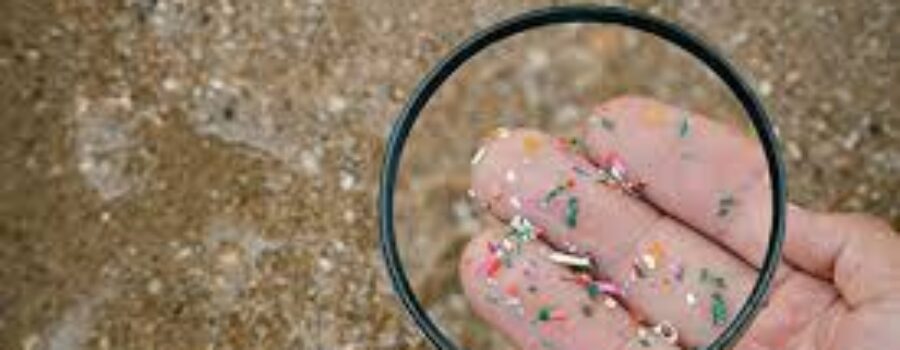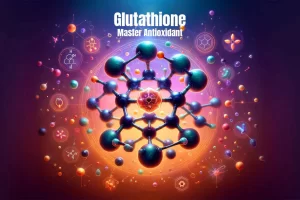Microplastics are tiny fragments of plastic that come from the breakdown of larger plastic debris. Our landfills and oceans are so overwhelmed with plastic that floating islands of trash are now passing by Hawaii. These plastics degrade into microscopic particles, which can end up in our food and drinking water.
Recent studies have raised alarms as these tiny particles are now found in human tissues, including the bloodstream, lungs, lymph, brain, and even testicles. The latest research shows that microplastics in testicular tissue could impact human reproductive health, potentially affecting testosterone, sperm, and overall fertility.
To address these concerns, treatments include:
- Testosterone Replacement Therapy (TRT)
- Treatment for Premature Ejaculation
Prevalence of Microplastics in Testicular Tissue
Studies have discovered microplastics in every sample of human testicular tissue examined, indicating a widespread issue. These particles can enter the body through ingestion, inhalation, and possibly skin absorption, accumulating in male reproductive organs and potentially affecting health.
Findings from the University of New Mexico:
- Human Samples: Every sample contained microplastics, averaging 329.44 micrograms per gram of tissue.
- Canine Samples: Lower concentration at 122.63 micrograms per gram of tissue.
- Types of Microplastics Identified: Polyethylene, common in bottles and bags, was the most frequently found among the 12 types identified.
Sources of Microplastics in the Human Body
Microplastics are pervasive in the environment, leading to various sources of exposure:
- Environmental Exposure: Air, water, and soil pollution from car tires, synthetic textiles, city dust, industrial effluents, and agricultural practices.
- Dietary Ingestion: Seafood, drinking water, and food packaging materials.
- Personal Care Products: Items like facial scrubs, toothpastes, and shampoos containing microbeads.
Pathways to the Testicles
Microplastics can reach the testicles through:
- Bloodstream: Via ingestion or inhalation, potentially crossing the blood-testis barrier.
- Lymphatic System: Transporting particles throughout the body.
- Direct Exposure: Contact with contaminated materials or occupational hazards.
Health Risks and Implications for Male Fertility
The presence of microplastics in testicular tissue raises several health concerns:
- Endocrine Disruption: Potential interference with hormone function, affecting fertility.
- Sperm Quality: Impact on sperm count, motility, and morphology.
- Inflammation: Possible inflammation within testicular tissue affecting its function.
How To Treat Male Infertility
A systematic approach is used to diagnose and treat male infertility, including:
- Diagnostic Steps: Medical history, physical examination, semen analysis, and hormonal tests.
- Treatments: Medications, surgery, assisted reproductive techniques, and lifestyle changes.
Prevention of Microplastics in Testicles
To minimize microplastic exposure:
- Use high-quality water filters.
- Opt for glass or stainless steel bottles.
- Clean vegetables and fruits thoroughly.
- Avoid microwaving in plastic containers.
- Regularly clean to reduce household dust.
- Choose personal care products without microbeads.
Conclusion
Microplastics are a growing concern for both the environment and human health. Ongoing research aims to better understand their impact and develop effective strategies to mitigate their effects, particularly on male reproductive health.
Read the full article here: https://academic.oup.com/toxsci/advance-article/doi/10.1093/toxsci/kfae060/7673133





